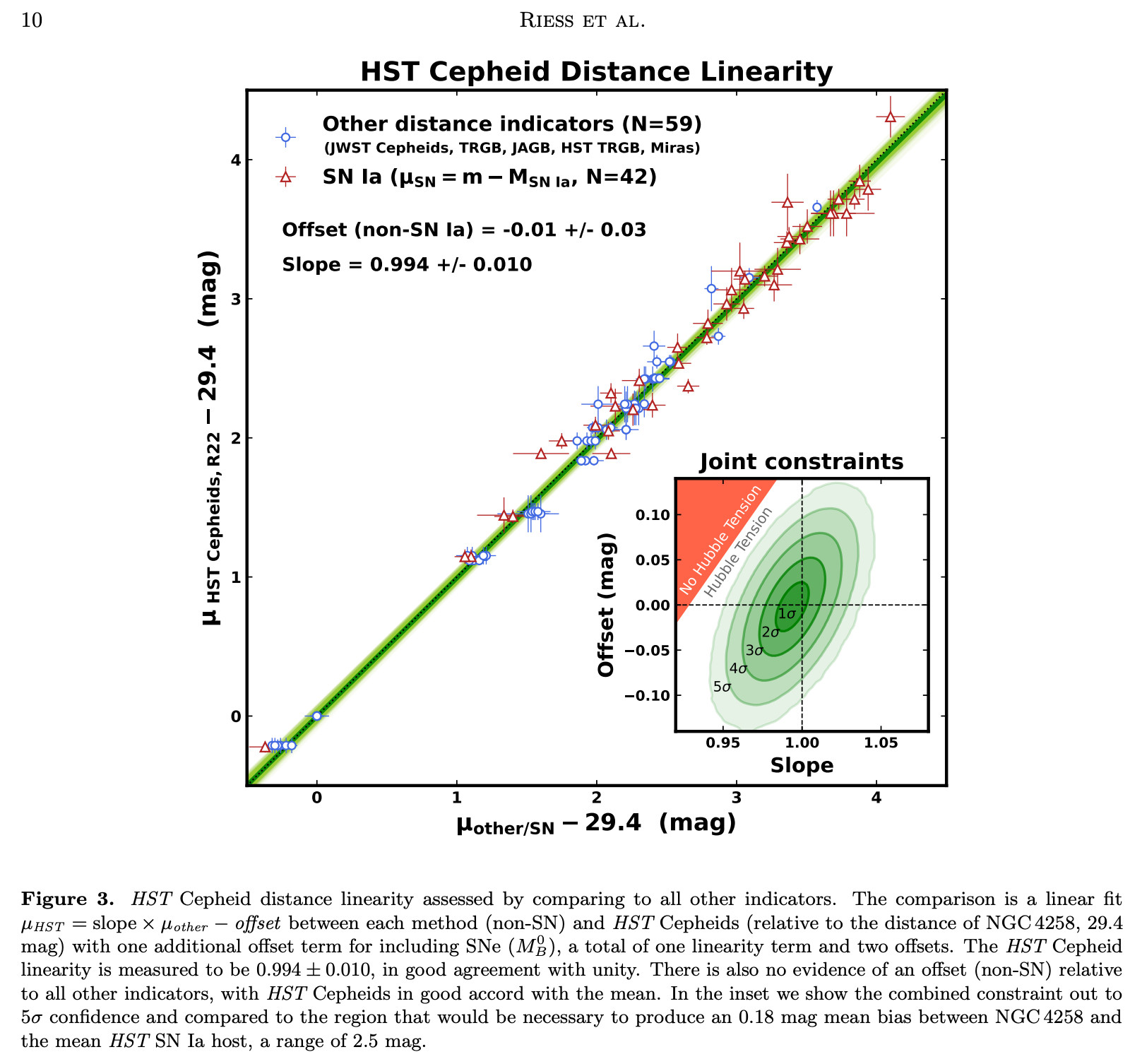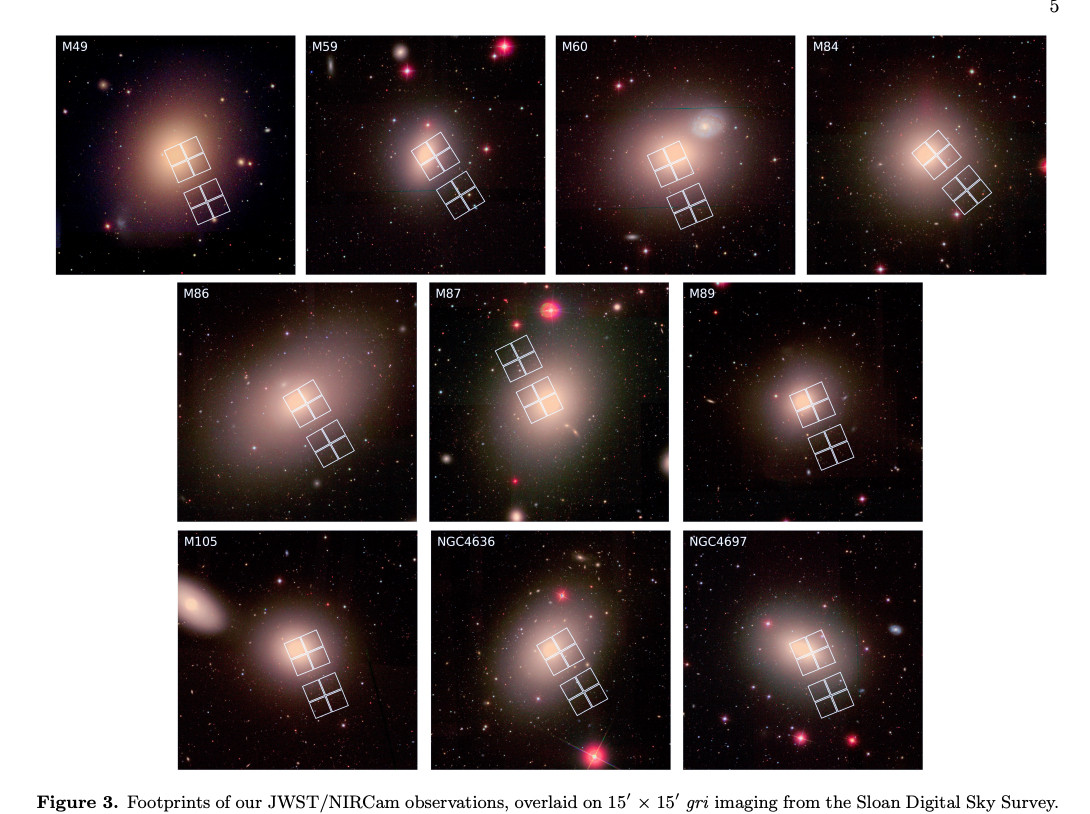excited to share ongoing results from the TRGB-SBF Project, where we aim to resolve the Hubble tension with a distance ladder which is independent of the usual Cepheid+Type Ia supernova route! 🔭🧪 arxiv.org/abs/2408.16810

next observing stop for our group is the Coma cluster, where we will fully calibrate the SBF method with JWST filters, in preparation for measurements of SBF well out into the Hubble flow. in the end, we will finally put the Hubble tension to rest (one way or the other).
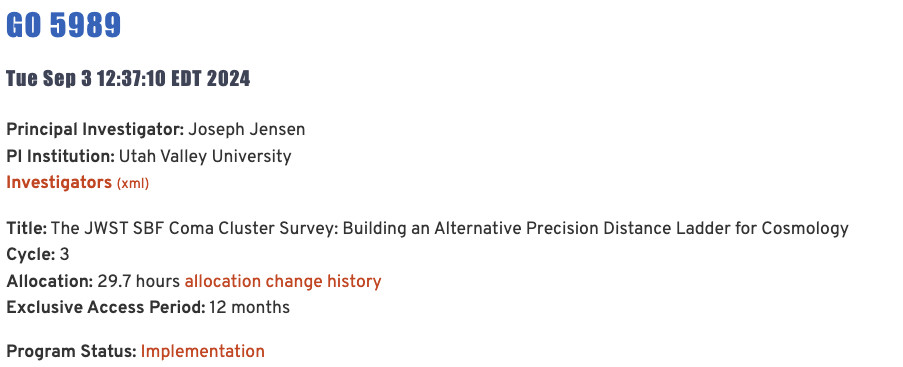
tying these distances together with ongoing SBF work from our group will allow us to set a very strong foundation for a high precision measurement of H0, comparable to what is achieved with Cepheids and supernovae
JWST is an absolute powerhouse. our color-magnitude diagrams are some of the deepest ever for galaxies within Virgo. these CMDs allow us to measure very precise TRGB distances.

the extended spatial coverage of NIRCam allows us to obtain imaging that is well suited for both TRGB and SBF measurements, in the same pointing.
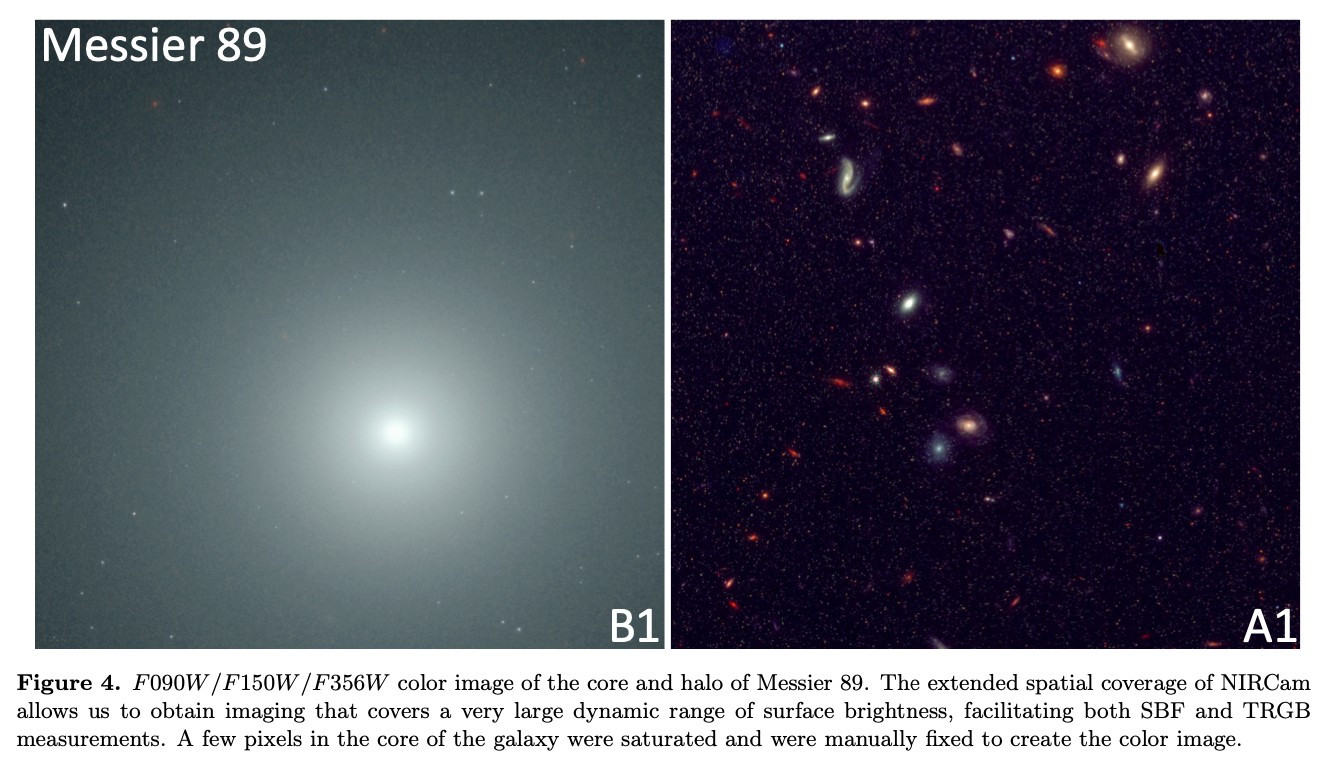
excited to share ongoing results from the TRGB-SBF Project, where we aim to resolve the Hubble tension with a distance ladder which is independent of the usual Cepheid+Type Ia supernova route! 🔭🧪 arxiv.org/abs/2408.16810

hey everyone, if you're interested in the Hubble Tension, *please* see this paper we just put out. 🔭 🧪 arxiv.org/abs/2408.11770
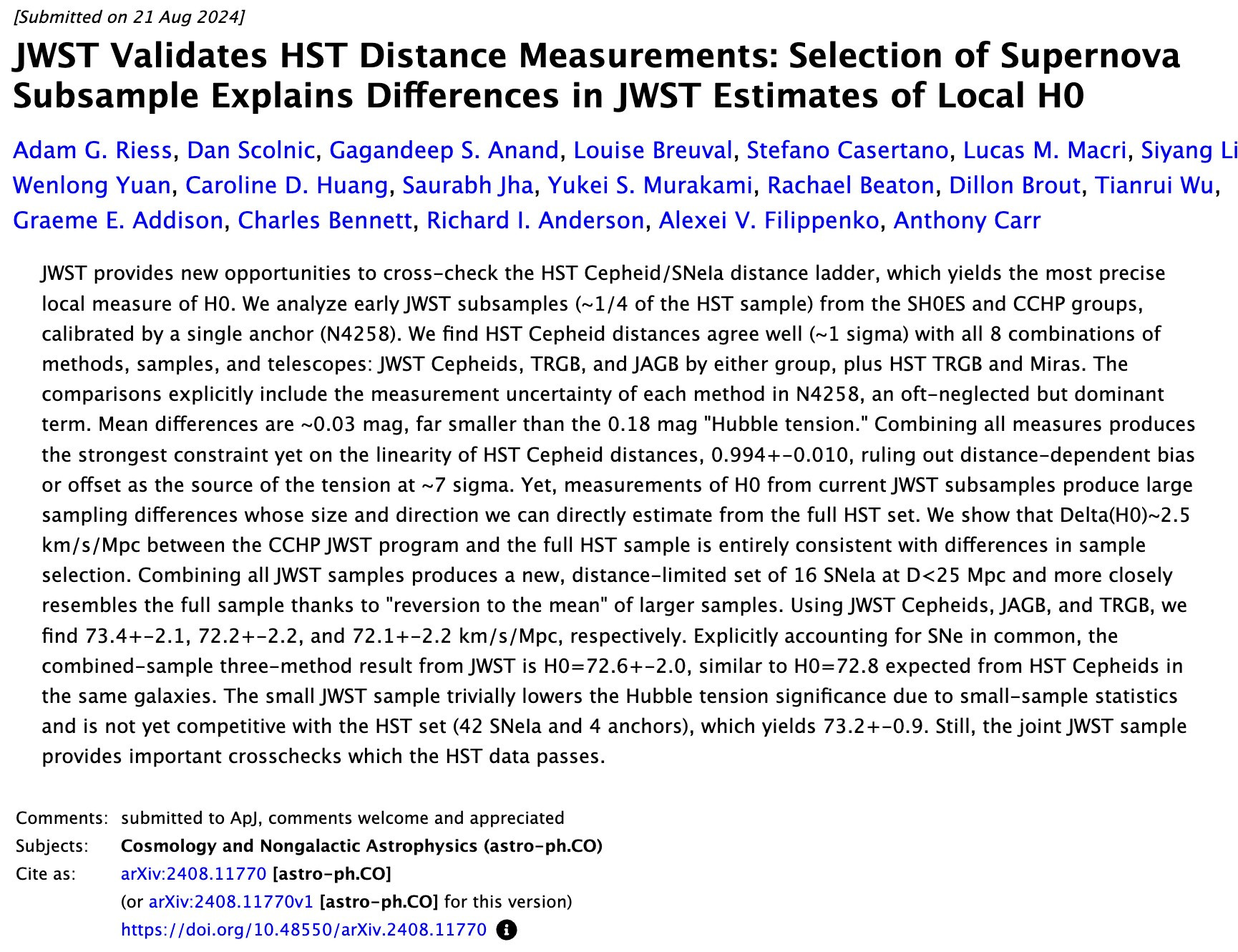
again, at this point we do not seem to be arguing about distances for the most part– we take their distances at face value and find HST Cepheid distances as well as all other methods are very consistent with the existence of a Hubble tension.
